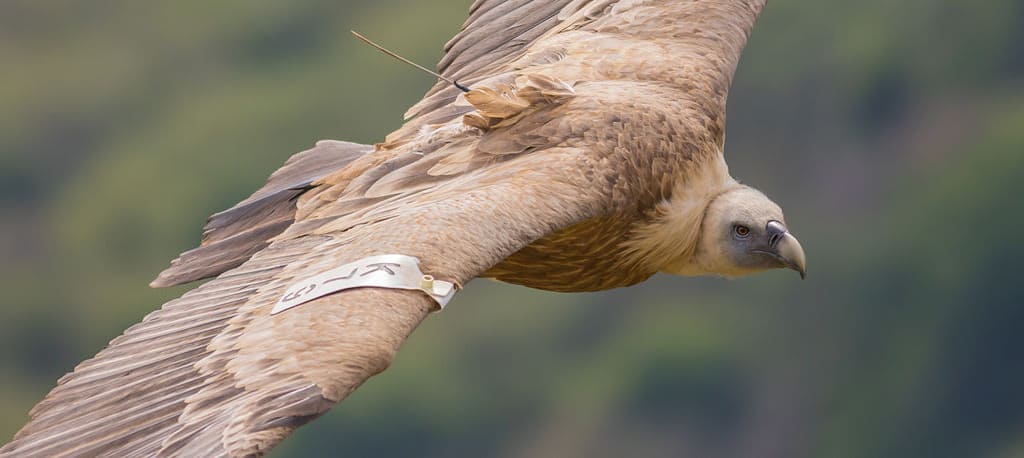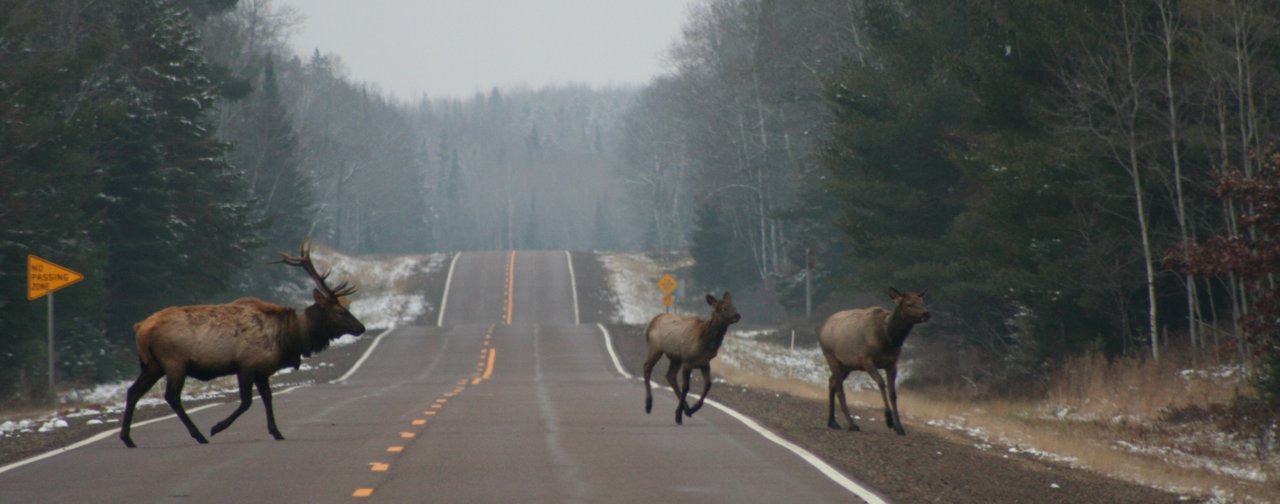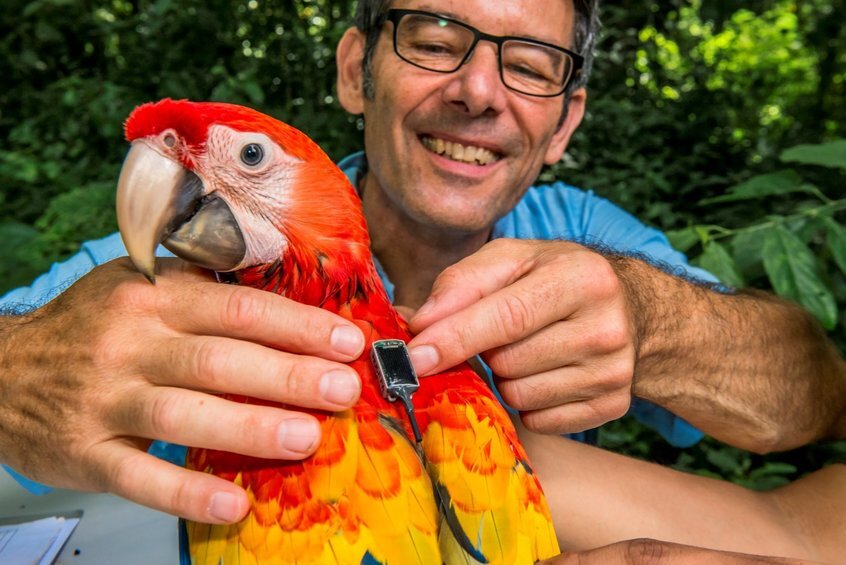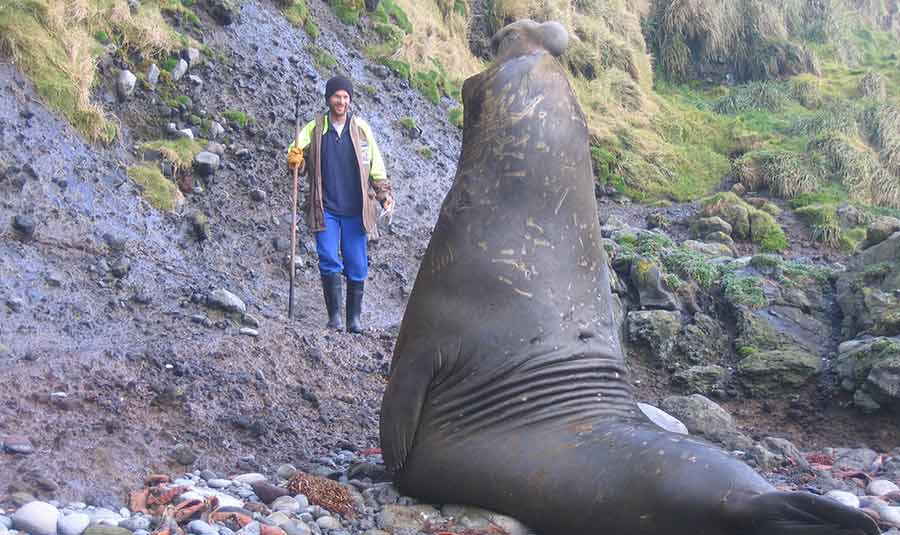Satellite Tracking Devices For Animals

Monitoring animals for preservation how gps satellite technology could save species.
Satellite tracking devices for animals. Argos a satellite system managed by the company kineis has made plans to track more than a million animals in the next 10 years. The transmitter is carried in a harness strapped to the animal or bird s body. Each year 6 to 8 animals are satellite tagged and released by pmmc. Wildlife tracking devices you can trust.
Gps units that send location information in real time such as the silvercloud. It sends data about the bird or animal s environment to a special section of a noaa weather satellite known as the argos data collection system. Real time gps tracking on the farm. The tracking device either a splash or spot tag linked to wildlife computers sends a signal for approximately 80 days to researchers at pmmc and to robert digiovanni of the atlantic marine conservation society our collaborating research organization for analysis.
Gps wildlife tracking is a process whereby biologists scientific researchers or conservation agencies can remotely observe relatively fine scale movement or migratory patterns in a free ranging wild animal using the global positioning system and optional environmental sensors or automated data retrieval technologies such as argos satellite uplink mobile data telephony or gprs and a range of. Gps tracking systems are most commonly associated with vehicle management applications but to scientists who observe animal species trying to sustain existence the satellite tracking technology can literally be a life saver. Telemetry in general involves the use of a transmitter that is attached to an animal and sends out a signal in the form of radio waves just as a radio station does. They can track the animal using a computer.
How gps trackers work. Their web of mini satellites will prove a valuable inexpensive. Satellite tracking is similar to vhf radio tracking but instead of a radio signal being sent to a radio receiver a signal is sent to a satellite. A scientist might place the transmitter around an animal s ankle neck wing carapace or dorsal fin alternatively they may surgically implant it as internal radio.
Gps tracking devices enable locating the animals remotely with the help of gps tracking collars to help an animal in need by using the global positioning system aka gps the tracking devices can provide the animal s exact global satellite position and send location updates at preset intervals. The transmitter is a miniature electronic device designed for locating and tracking wildlife. With satellite tracking scientists don t have to be near the animal to pick up its signal.











































